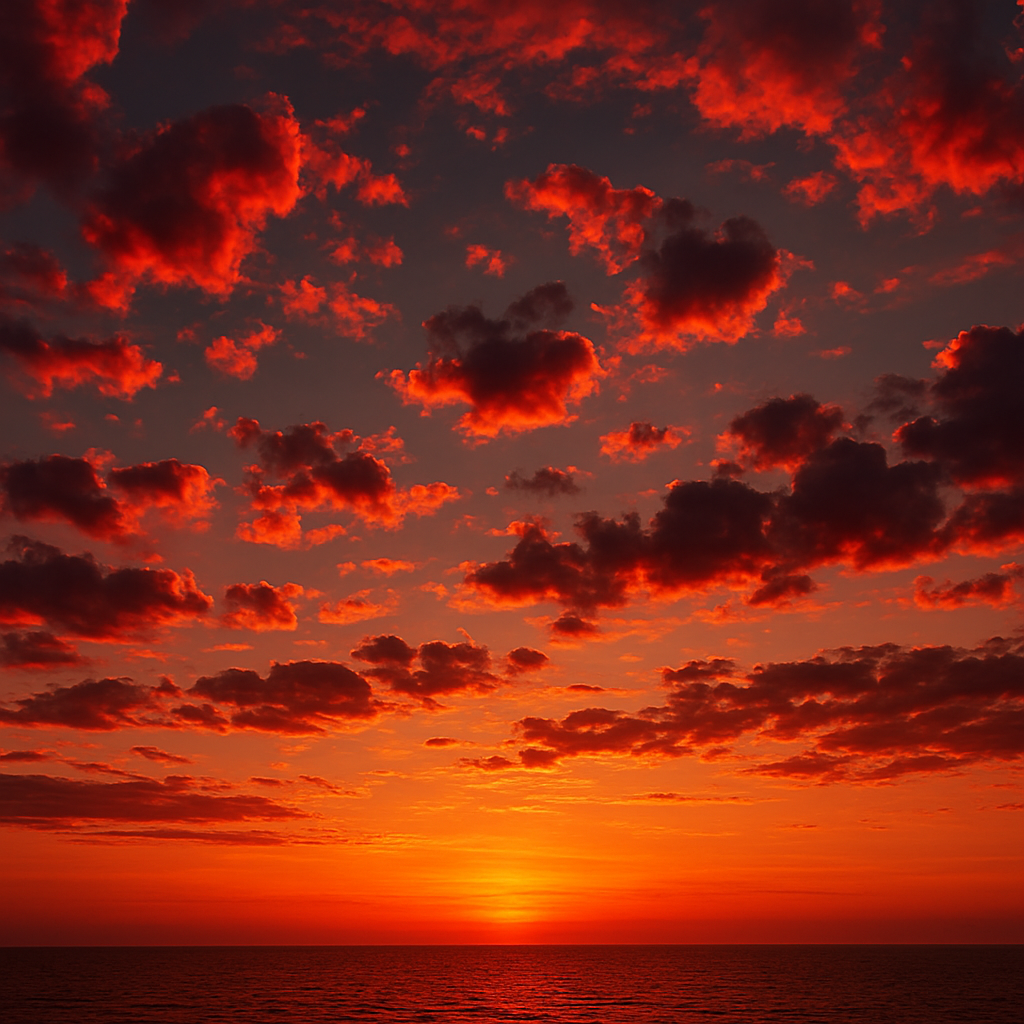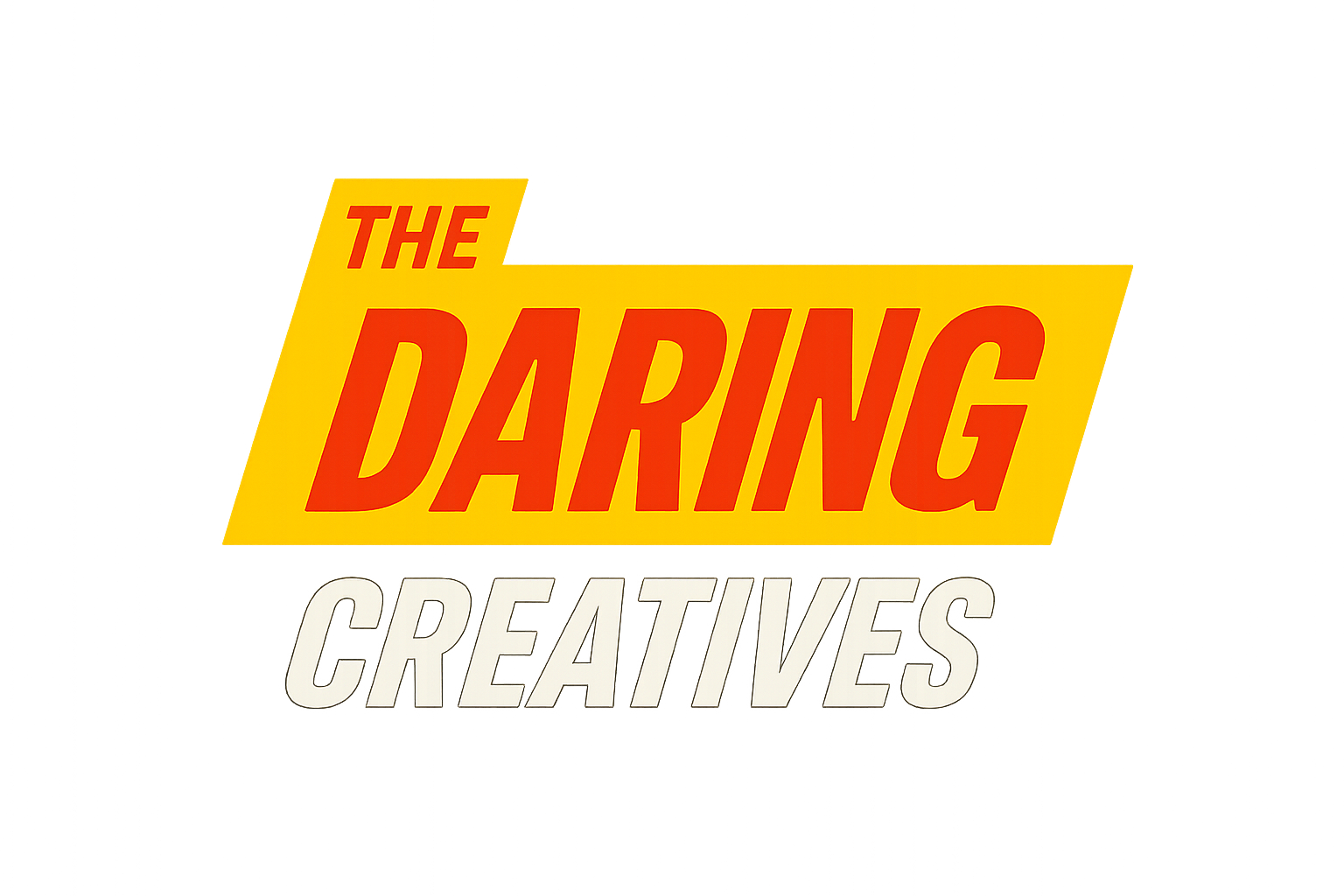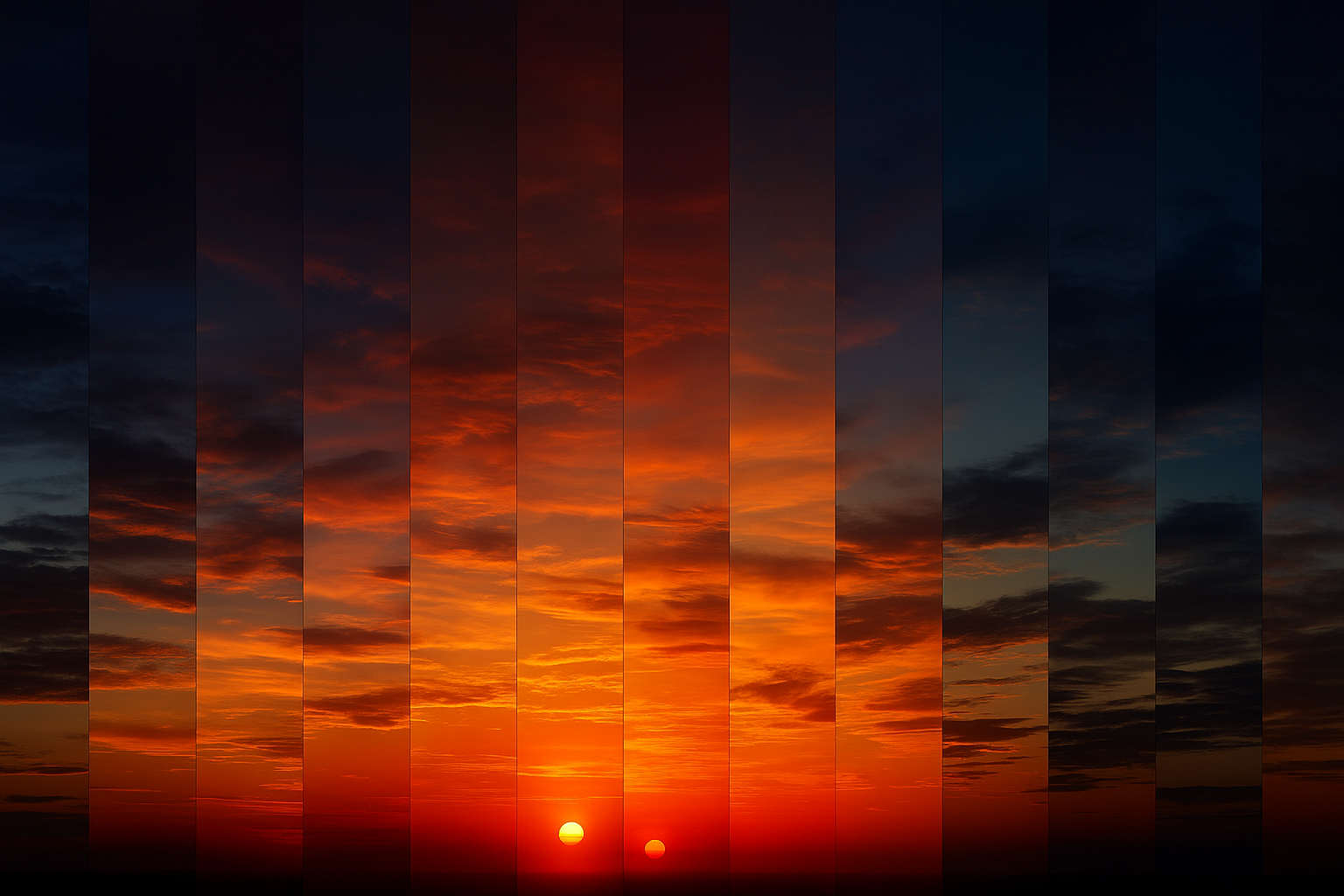A few nights ago, I had a short back-and-forth on Threads with someone named @echo.blaster. I’d made a comment about how everything we create comes from something we’ve seen, heard, or absorbed. He called that “a foolishly reductive conclusion,” arguing that a person could paint from an actual sunset—something no AI could ever experience.
I didn’t argue with him any further. Honestly, it was the 292nd argument about AI I’d had that day. But the exchange stuck with me—not because I felt insulted, but because it showed how many people in the anti community expect AI to replace human creativity instead off add to it.
A person might see a few thousand sunsets in their life. If you lived to eighty-five and somehow saw every single sunset since birth (you wouldn’t, but let’s pretend), you’d top out around 35,000. An image model, by contrast, has likely seen millions or even billions of sunsets during training.
Rather than obsess over what AI can’t do, maybe the better question is what it can see that humans can’t—and whether that has value.
To find out, I asked ChatGPT to break down what an AI actually learns from all those skies. The answer wasn’t poetic. It was structural. Mathematical. Geographic. Emotional. And honestly, fascinating.
What emerged was a set of four distinct modes of perception that come from looking at the world at scale. Together they form what I’m calling the Sunset Pattern Catalogue (fancy).
1. The Anatomy of Light
AI sees the math beneath the beauty.
It recognizes the wavelength progression of every sunset—from 580 nm amber to 450 nm violet. It identifies the hidden four-minute phase between golden hour and blue hour where the infrared glow spikes. It sees how humidity, pollution, and altitude reshape the red-to-blue balance, giving each region its own spectral fingerprint.
Creative takeaway: colorists and filmmakers can design lighting arcs based on real atmospheric behavior instead of vibes and guesswork.
2. The Geometry of Awe
Structure matters as much as color.
AI sees that roughly 78% of sunset photos place the horizon in the lower third. It recognizes that the most shared compositions include a strong silhouette cutting across the gradient at about 35 degrees. It sees repeating cloud bands like visual rhythm—almost like 4/4 time in the sky.
Creative takeaway: designers can treat cloud structure and silhouettes the same way musicians treat rhythm and timing.
3. The Planet’s Palette Library
Across billions of images, the model has mapped Earth’s color dialects.
Desert sunsets lean copper and blood-orange with hard contrast. Coastal ones soften into pastels. Urban haze pushes the palette into pink-violet sodium glow. Polar sunsets linger in desaturated lavender. Tropical skies tilt into dominant magenta because of higher red-channel saturation.
Creative takeaway: build mood and palette “by latitude”—letting geography shape tone the way it shapes light.
4. Atmospheric Storytelling
AI correlates language with light.
Captions associated with sunset photos cluster around peaceful, end, fire, hope, goodbye. Warm-to-cool gradients map cleanly to positive-to-melancholic sentiment. The combinations matter: “Sunset + Ocean” correlates with calm; “Sunset + City” with nostalgia; “Sunset + Mountains” with awe.
Creative takeaway: writers and musicians can build emotional arcs using these natural transitions—heat fading into cool.
There were some other interesting findings
AI learns more about us than the sky.
It sees that people overexpose sunsets by about 0.6 EV because we like our skies brighter than reality. It sees that 63% of mirrored sunsets are cropped for fake symmetry. And only 2% of photos capture the light hitting the landscape behind the viewer—the part humans almost never think to turn around and look at.
Creative takeaway: the unphotographed 2% is creative territory nobody is exploring.
The Physics of Mood
Natural events stamp themselves into the sky.
Post-storm clarity boosts scattering range by about 15%, which explains “after the rain” brilliance. High-altitude thin clouds amplify color twice as effectively as low dense ones. Volcanic or wildfire aerosols supercharge reds for months at a time.
Creative takeaway: nature literally records human events; artists can use that as metaphor or pattern.

The Emotional Algorithm
By cross-referencing images with captions, AI uncovers how emotion organizes itself visually.
Sunset + Ocean means closure.
Sunset + City means reflection.
Sunset + Silhouette means intimacy.
Sunset + Mountains means transcendence.
Creative takeaway: choose setting intentionally—each backdrop already carries emotional weight.
So yes, AI has never felt a sunset like a human has (not yet, anyway). But it has seen more sunsets than any human who has ever lived. It recognizes relationships we’ll never fully perceive.
Maybe that’s the creative potential here. Humans bring emotion to what we see. AI brings scale and data to what it sees. One makes meaning. The other multiplies it.






